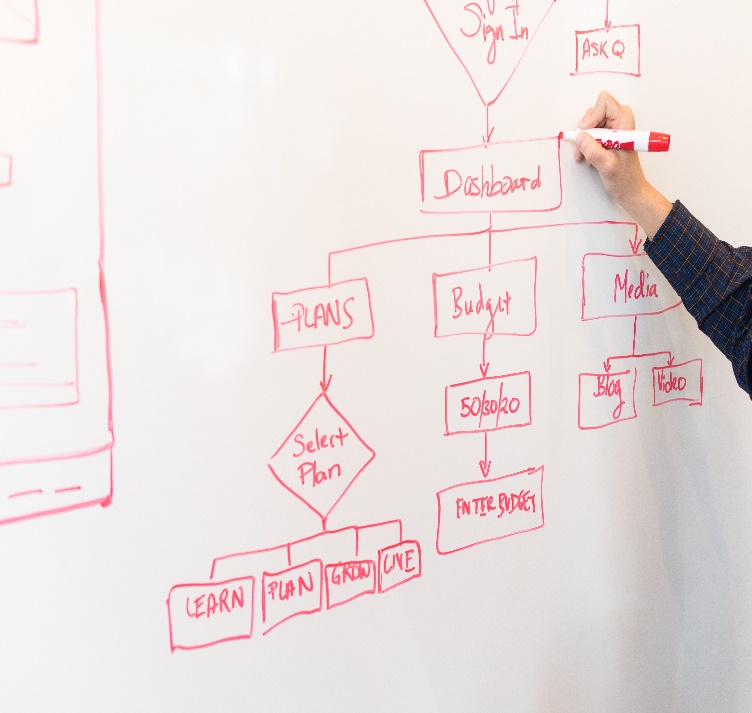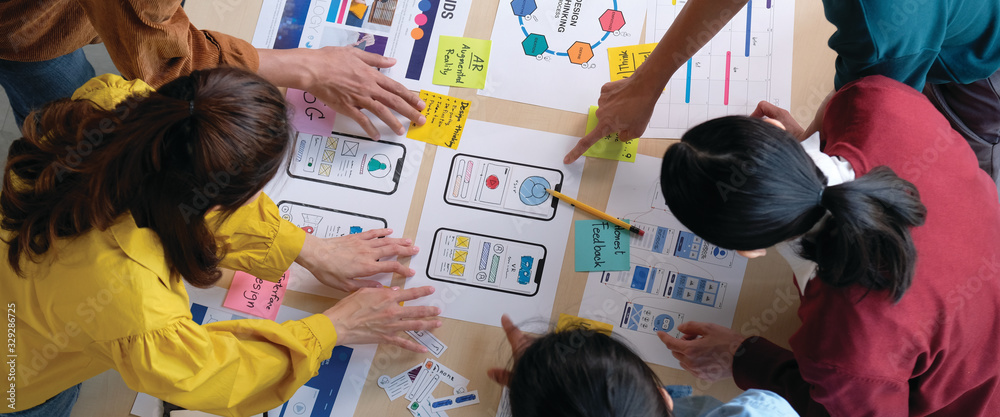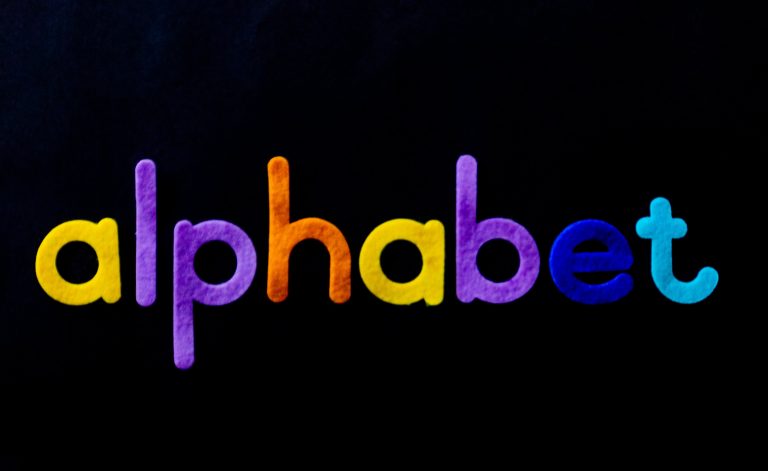What Is Visual Communication?
Table of Contents
Visual communication is the use of visual components, such as signage, typography, drawings, graphic design, illustrations, industrial design, advertising, animation, and electronic resources, to transmit ideas and information.
Information is transferred to a person visually when it is presented in a way that can be read or viewed. Physical things and models, charts, cards, tables, photographs, films, drawings, and diagrams are a few examples of these media.
Any non-verbal communication that makes use of vision is referred to as visual communication. It includes anything that communicates a message and provides information through different gestures, signs, or postures. It is also referred to as viscom.
Difference between viscom and graphics
Visual communication and graphic design are two distinct but connected discipline. Graphic designs is the art of combining text, graphics, and color to produce a visually appealing and successful communication piece. Visual communication is the use of pictures, animations, videos and other visuals to convey ideas or information. It is broader than graphic design, which is among the various spectrums of visual communication. Canva is a good example of viscom tools.
Types of Visual Communication
1 Animation
The target audience’s attention is easily captured effectively through animated pictures and videos.
2. GIFs
GIFs are your tool if you want to engage your customer within the first few seconds. GIFs. GIFs let you immediately engage (or re-engage) your audience by lightening the mood of your presentation. The images make the material more entertaining and ensure that it is valuable.
3. Whiteboards
Both physical and virtual whiteboards are used for visual communication. You can use a virtual board’s assistance if you want to communicate your point clearly to your target audience through social media postings or other visual media.
4. Screen capture/recording
This kind of visual communication is advantageous for both the user and the audience since it demonstrates how to navigate new environments and improves visual communication.
5. Data visuals
This form of visual communication makes it easier to digest several data sets, save time, comprehend relationships, and recognize trends in great detail.
6. Visual maps
Visual maps are one of the strongest tools for visual communication. The user can utilize visual storytelling to generate ideas, establish timelines, make workable plans, and lay out an efficient strategy. Mind maps, which are used to express concepts and promote free-thinking without worrying about structure, and idea maps, which aid in organizing the mind and structuring the available information, are the two key examples of visual maps.
7. Infographic
An infographic is the ideal visual aid to use when presenting significant financial data. With the aid of color, this form of visual communication conveys visual representations of significant data.
8. Images
Adding an image makes a message more memorable. Images may evoke strong emotions and make strong arguments. The human brain is designed to quickly process images. People seek out patterns in their surroundings to make sense of it, aid in decision-making, comprehend ideas, and acquire knowledge.
9. Video and motion graphic
In order to communicate a message or tell a story, video and motion graphics use moving pictures and sounds. In contrast to motion graphics, which is the animation or manipulation of graphic components like forms, text, or icons, video is the filming or broadcasting of live action or animation.
10. Interactive/Animated graphs and charts
These simple visual communication techniques help visual learners retain the information. There are several different sizes and styles of charts and diagrams available. Users can use colors and icons to clearly illustrate each phase in their presentation.
11. Process flowcharts
By ensuring that activities are carried out consistently throughout time, this kind of data visualization of communication data frequently increases alignment across various departments of an organization.

12. Organizational Charts
These pie charts are straightforward diagrams used to illustrate various associations within a presentation. It can be utilized for community, personal, and professional networks. Organizational charts are frequently used to lay out communication channels within a company and during the onboarding process.
13. Kanban Boards
This tool for visual communication is used to organize and manage concepts and assignments. Sticky notes and cards are frequently employed to display particular procedures and to highlight each stage of such processes.
Importance of Visual Communication
Viscom can facilitate understanding of the message, which is not achievable with just text. Particularly when the intended audience has a variety of needs and histories, they can assist in bridging the gap between the message’s meaning and its language.
Contrary to text, visual communication makes the message more interesting and appealing, which aids in quick information comprehension.
Viscom is used to:
- Communicate complex information in a clear and concise manner.
- Tell a story in an appealing and ecstatic way.
- Create clear, appealing and eye-catching content.
- Bridge the gap between words and thoughts to enable people standing at opposite ends understand the true gist.
- Evoke relatable emotions to the given topic.
- Drive information assimilation and retention as human being tend to have longer memory of things, they have seen than the things they have only heard about.
- To align workers and team members with various organizational procedures.
Overall, visual communication is more time efficient, memorable and appealing.



